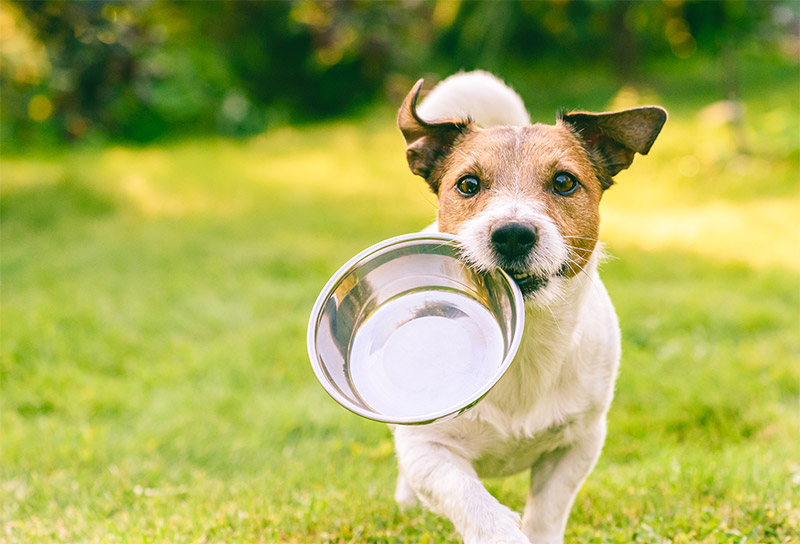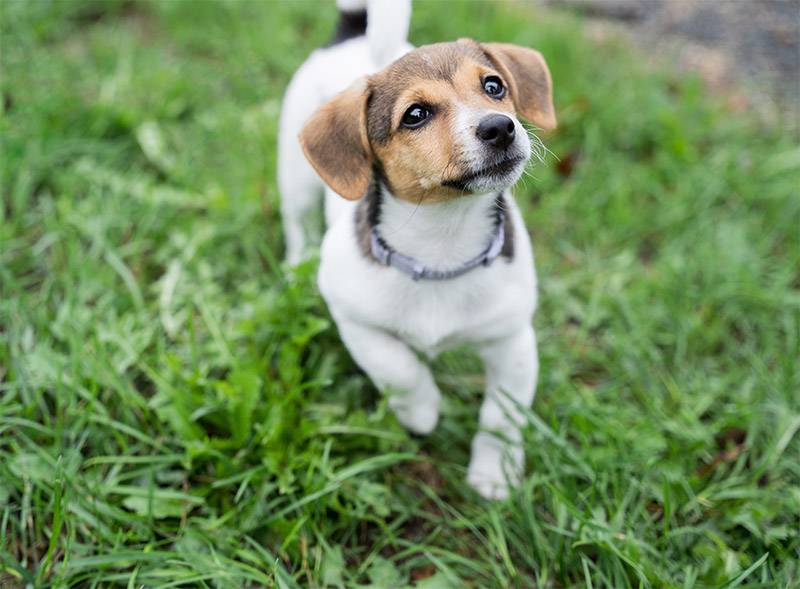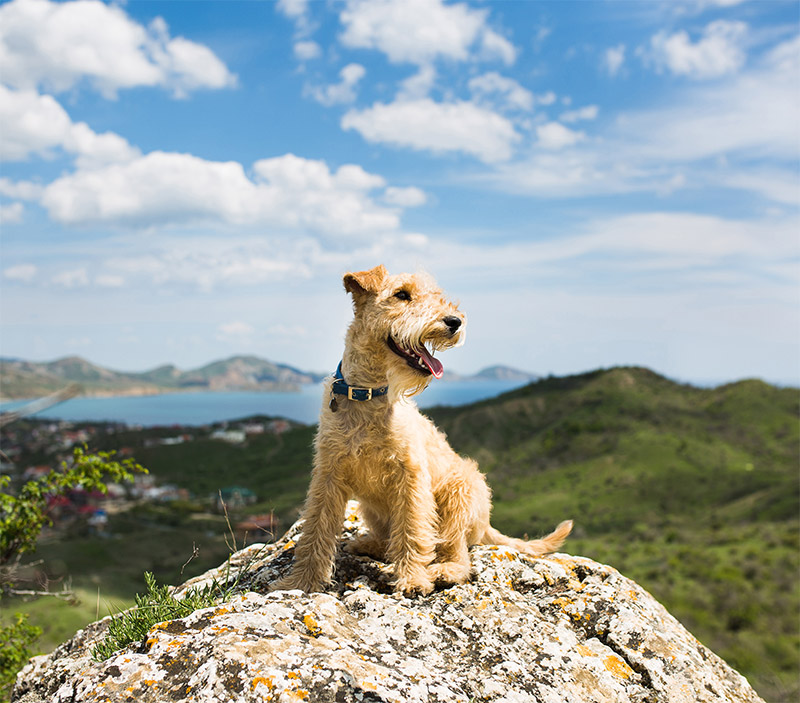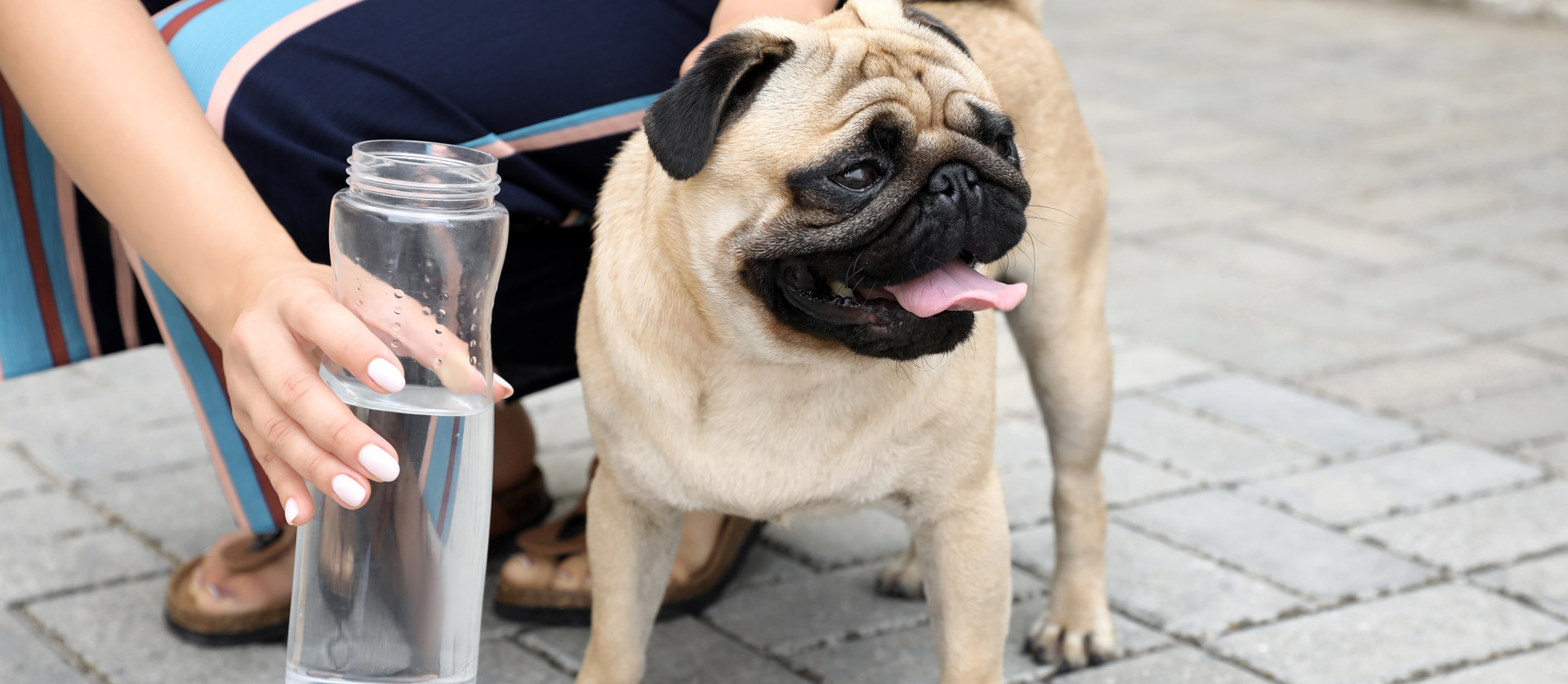Beat the Heat: Recognizing Signs of Dehydration in Pets
With the scorching summer days upon us, it’s essential to remember that our beloved pets rely on us to keep them safe and healthy in the heat. As temperatures soar, it’s crucial to be vigilant about dehydration in our furry companions. Dehydration can occur rapidly and pose a severe risk to our pets’ well-being. In this blog post, we will shed light on the signs of dehydration in pets and emphasize the importance of seeking timely veterinary care for our four-legged friends.


Understanding Pet Dehydration
Dehydration happens when an animal loses more water and electrolytes than it takes in. In the summer, pets are especially vulnerable due to excessive panting, increased water loss through sweating, and a greater likelihood of heat-related illnesses. It’s vital for pet owners to recognize the signs of dehydration so that immediate measures can be taken to alleviate their pet’s discomfort and prevent further complications.
Signs of Dehydration in Pets
- Dry or Sticky Gums: Normally, a hydrated pet will have moist gums. If you notice dryness or stickiness when touching your pet's gums, it could indicate dehydration.
- Lethargy and Weakness: Dehydrated pets may exhibit reduced energy levels, appear tired, and have difficulty standing or walking.
- Sunken Eyes: Eyes that appear sunken or dull are a telltale sign of dehydration. Keep an eye out for this visible indicator.
- Loss of Appetite: Dehydration often leads to a decreased desire to eat or drink. If your pet is not showing interest in food or seems reluctant to drink water, it may be a sign of dehydration.
- Excessive Panting: Panting is a natural cooling mechanism for pets, but if it becomes excessive and doesn't subside, it could be a sign that your pet is struggling to stay hydrated.
- Dry Skin and Coat: Dehydration can cause the skin to lose elasticity, leading to dry, flaky skin and a lackluster coat. Monitor your pet's skin condition as it can indicate dehydration.
- Decreased Urination: Keep an eye on your pet's bathroom habits. If you notice a significant decrease in the frequency of urination or very concentrated urine, it may indicate dehydration.


Preventing Dehydration in Pets
Prevention is always better than cure. Keep your pet safe from dehydration by taking the following measures:
- Provide Fresh Water: Ensure your pet has access to clean, fresh water at all times, both indoors and outdoors.
- Limit Sun Exposure: Avoid exposing your pet to excessive heat and direct sunlight. Opt for shaded areas and provide well-ventilated spaces for them to relax.
- Schedule Outdoor Activities Wisely: Plan walks and playtime during cooler hours, such as early morning or late evening, to minimize the risk of overheating.
- Never Leave Pets in Hot Cars: Even with the windows cracked open, a parked car can quickly become a life-threatening environment for your pet. Never leave them unattended in a vehicle.
Treatment For Pet Dehydration In Tucson, Arizona
As summer temperatures rise, we must remain vigilant about our pets’ well-being. Recognizing the signs of dehydration is crucial for their health and safety. If you notice any symptoms of dehydration in your pet, reach out to Desert Paws Mobile Veterinary Care to schedule an appointment. By acting promptly, you can ensure your pet receives the necessary care and attention they need to beat the heat and stay hydrated all summer long. Remember, a well-hydrated pet is a happy pet!




 Request Appointment
Request Appointment



